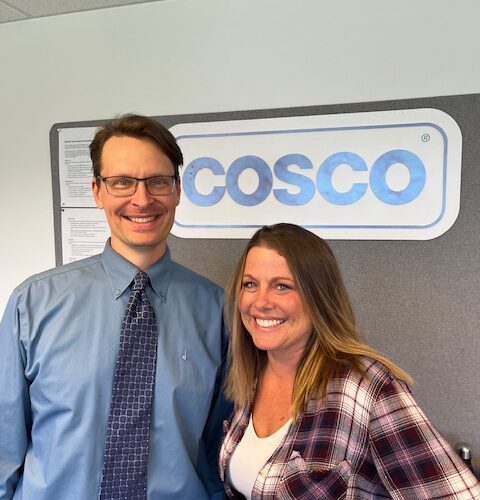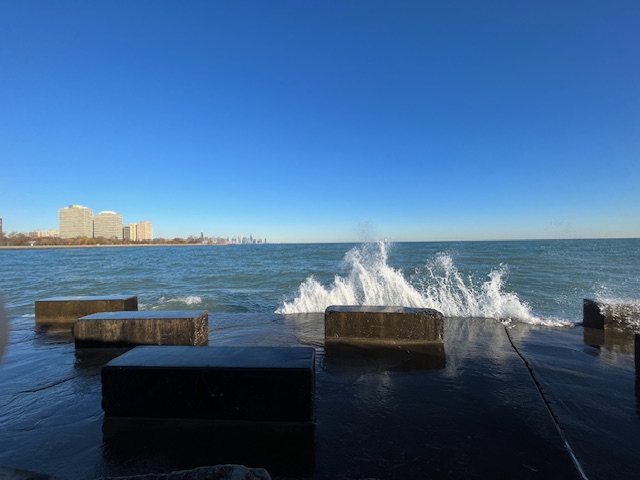HAIKAST XX – Four Cries
I’m thankful for tears. As I grow older, I find that the poignant times that often precede emotional moments are actually a mix of joy and sorrow. I have also noticed tears arise in moments of intense gratitude – times when I am thankful for unexpected blessings that seem beyond what I deserve or could imagine. 2022 was definitely a year of more crying than normal. The most outstanding of these experiences was over Labor Day and involved 3 straight days of tears.
My son, Isaac, attended a spiritual retreat called Chrysalis over Labor Day weekend. About 15 years prior, I volunteered at the same 3-night ecumenical experience. The site is still at the same Brown Country deeply forested remote location. Taking Isaac to the retreat was one of those drives that helped me recall many memories that are hard to access unless I’m back in the same space. They were very good memories of helping others experience the meaning of sacrifice, love, and reconciliation.
Doing a deep dive into an intensive weekend of self reflection and self discovery with mostly strangers is not necessarily a teenager’s idea of a fun weekend. Like many teenagers, my son had a fair share of ups and downs throughout his childhood. Most notably, he endured the divorce of his mother and me – something that undoubtedly had a spiritual impact on him beyond my comprehension. Spiritual retreats tend to surface a lot of mixed emotions and is often the reason – whether conscious or unconscious – why people decide to not take the risk.
Isaac was reluctant to commit to the long weekend, so I shared my personal experience of Chrysalis with him. We talked about the speakers over the weekend who would be sharing intimate spiritual experiences. We talked about the delicate discernment required to appreciate others’ spirituality while also questioning some of the divergent religious beliefs that may be held by those speakers. We talked about honoring the many ways that people are moved spiritually and to not judge others’ expressions of faith.
I emphasized my spiritual belief that Christianity is, at its core, the cultivation and sharing of “agape” love – a concept that the weekend would help bring into sharp focus for him.
What is agape love?
I think of it as acts of appreciation, encouragement, and service that are done without expectation of reciprocation. In daily life, it is easy to get caught in a cycle of transactional behavior. There is nothing wrong with this part of human culture, but to settle on transactions as being the basis for cultural meaning misses out on both giving and receiving in a way more aligned with agape love. This is different from romantic love. It is not intuitive or easy to learn unless intentionally taught and experienced. That is a big reason why the Chrysalis weekend is so important – it is a sort of crash course on how to better love others and – almost always – understanding how to better love yourself.
In 2004, when I went on a similar retreat designed for adults, I attentively listened to messages about forgiveness and reconciliation. The times of prayer and reflection over the weekend allowed these life changing concepts to transform how I approached my relationships. I realized how much pain I held by not forgiving my father for the endless fights we had when I was a teenager. I’ll never forget telling my dad that I was sorry for how I had treated him in high school and college. His response reminded me of the prodigal son parable as he embraced me and gladly accepted my apology – making a point to say that he had forgiven me a long time ago.
I remembered this experience and other blessings born of forgiveness as Isaac was welcomed into the retreat center. It was a drenching rain as adults gathered to pray for the teenagers we referred to as “caterpillars” on the Chrysalis retreat. How would they change over the weekend? A few tears of gratitude percolated as I prayed.
The next day, I was gardening in the sunshine at one of my favorite native plant projects in the city and wondering how my son was handling the experience. I started crying again. Perhaps it was out of a sense that there are important life lessons that I can not teach my son; I just have to trust that he will discover them by personal experience. I knew he was going through a tough time and to be able to encounter the Chrysalis retreat at this stage in his life had the potential for being a maturing event.
That evening, I was invited to the retreat site for an hour to surprise him. Over a hundred people who had been on these retreats in the past gathered to support Isaac and the other young men and women. The simple chorus of a song – “the gospel in one word is love” – brought me to tears. He was surrounded by so much goodness in that moment. I get a little choked up now just thinking about his smile and enthusiasm during that brief encounter. He gave me a hug and turned towards the campfire with a vibrancy that I had not seen from him in many months. How much of our life is just getting a brief peek into someone’s life – a moment that we pray will be one of joy, of peace, and of experiencing love with others? It was so good to see him there that night in the midst of a life changing weekend.
The next afternoon, I went to the final event where each youth had an opportunity to stand in front of their parents, loved ones, and new-found retreat friends. In the ceremony, each of the youth was given the title of “butterfly.” Of course, with my disposition for loving the symbolism and life of the butterfly, I could barely hold it together in the pew. Then Isaac stood up to share his experience. He described his appreciation for the new relationships in his life and said that he had learned to love himself over the weekend. In the pew, this proud father had apparently not cried enough that weekend. They were tears of pure joy. God – how good it was to hear him say that in such a heartfelt and sincere way.
Saline trail down cheeks
Son’s prayer, mingled memories
All day rain begins











Recent Comments